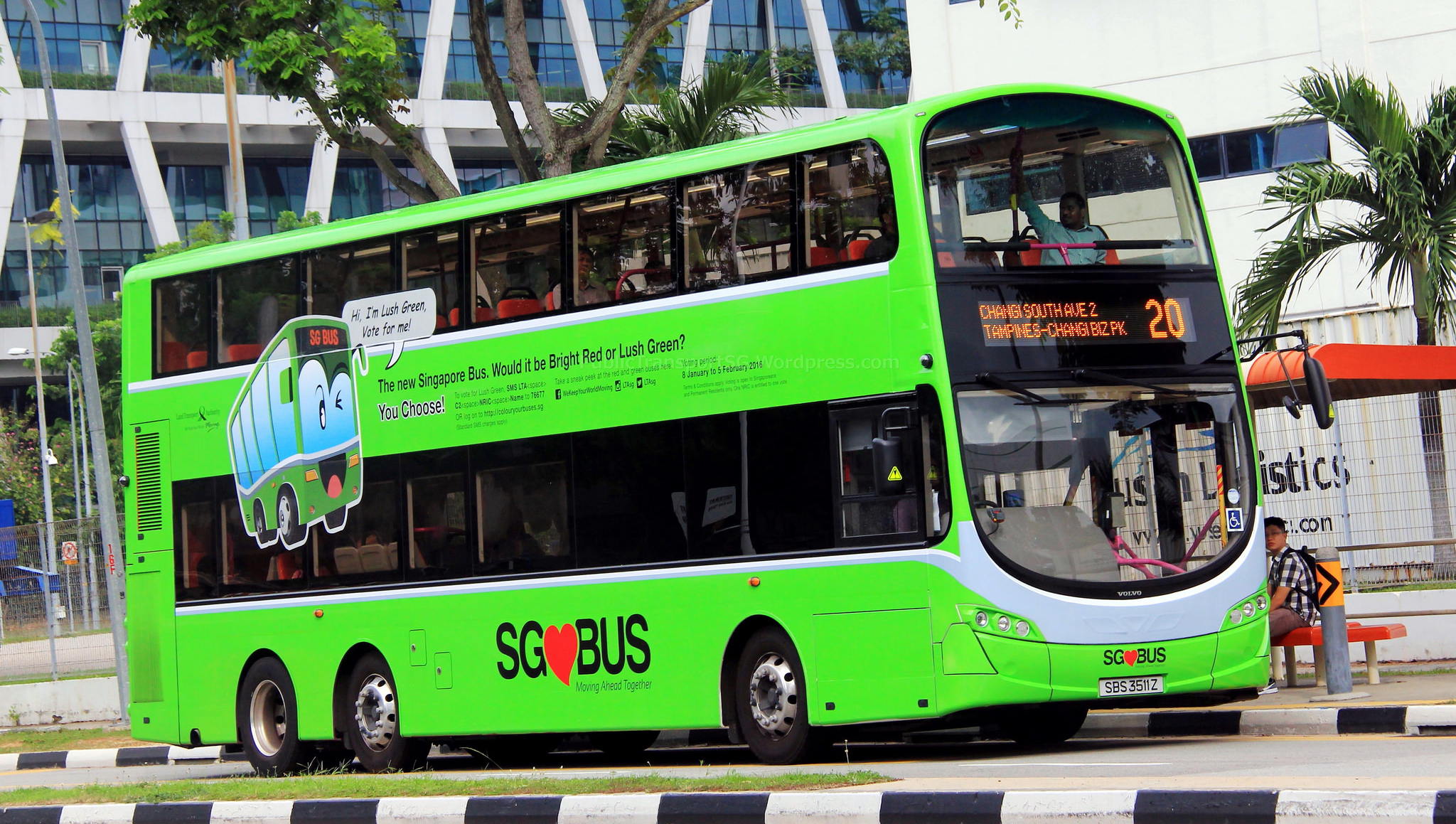If you've been keeping your eyes peeled on the road, you might have noticed that slowly, but surely, more of our buses are turning green.
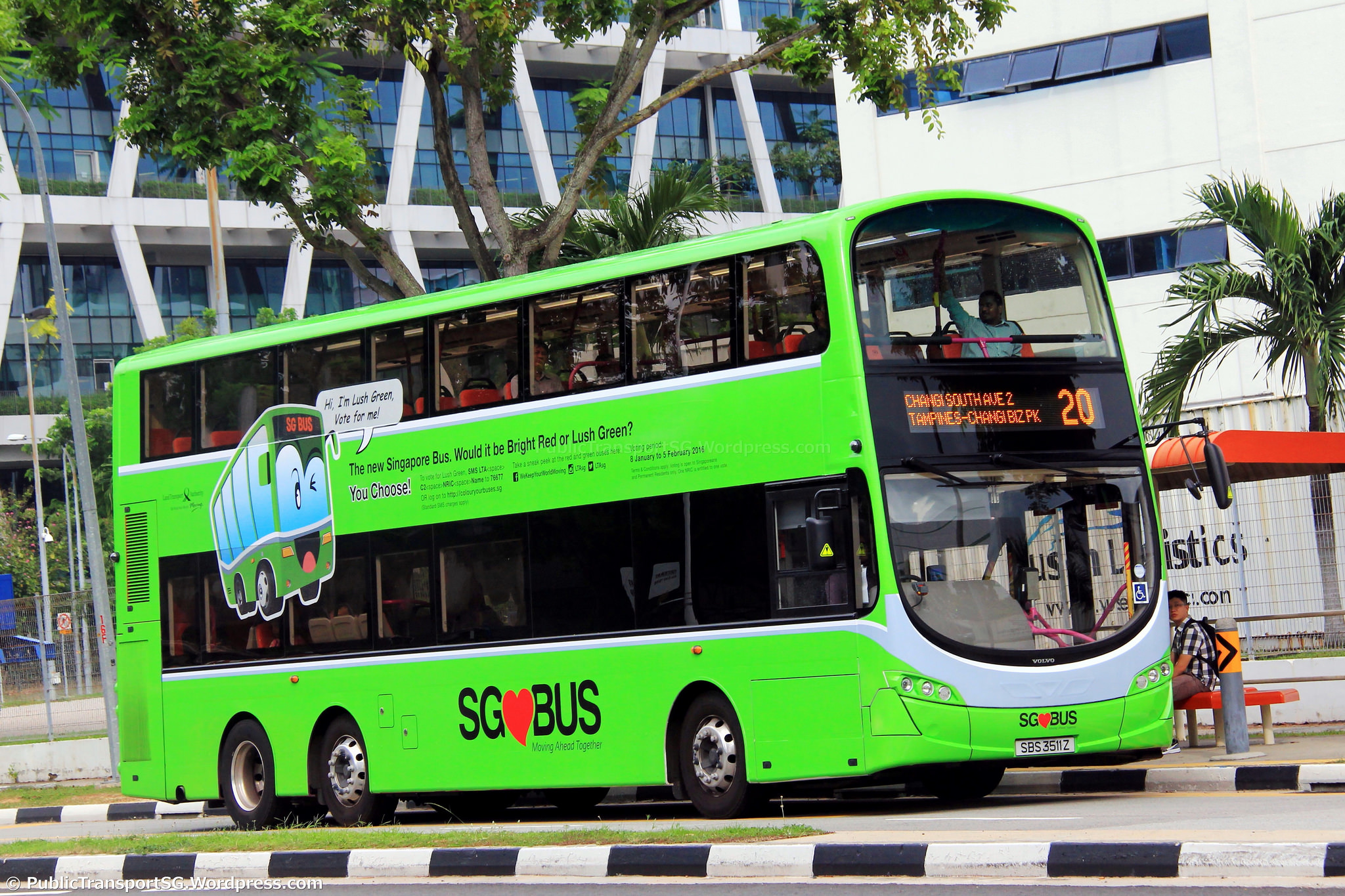 Via.
Via.
The Land Transport Authority (LTA) announced in 2016 that all buses will don the same kind of livery to create a "unified and distinctive identity for our Singapore Bus" once all buses return to the government's ownership.
Increasingly, commuters are seeing public transport being consolidated and centralised under the control of the government, although they still insist that public transport is not being nationalised now or anytime soon.
How did we get here?
'A World Class Land Transport System'
In 1996, the newly formed LTA released a land transport White Paper, titled 'A World Class Land Transport System', which documented the initiatives the government was going to take to make public transport the main mode of transport for 75% of the population.
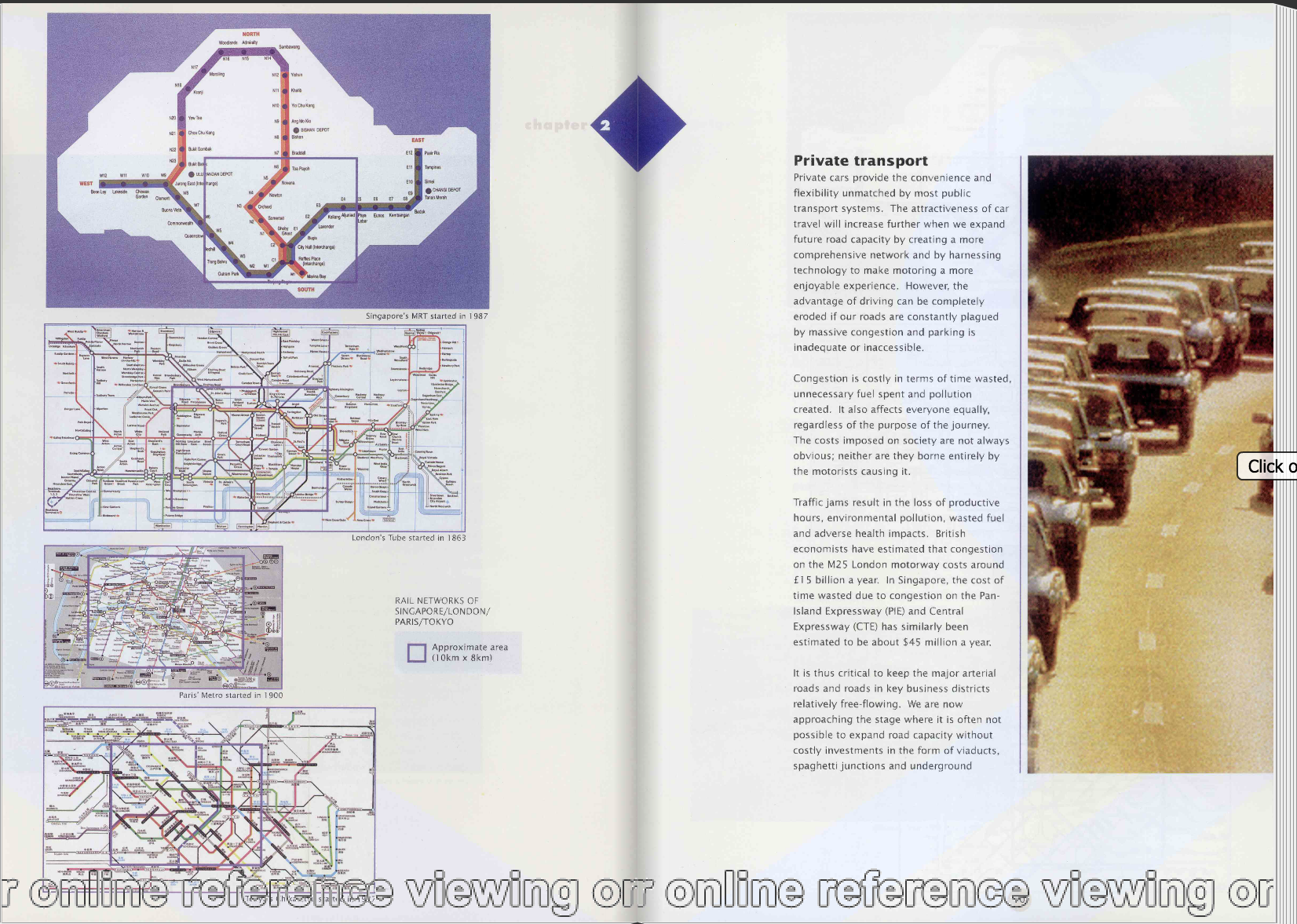 Page from the 1996 public transport White Paper. Via NAS.
Page from the 1996 public transport White Paper. Via NAS.
Operating a world class land transport system was meant to be a partnership between the government, the public transport operators (PTOs), and the commuter.
For example, when it came to financing the rail network, the White Paper urged commuters to bear in mind that fare increases were going to be part and parcel of an improving public transport services.
The government also decided to to finance our public transport operations in the following way:
- Government pays for the infrastructure (viaducts, tunnels, tracks)
- Government pays for the first set of operating assets (trains, signalling system)
- Cost of future operating assets (new train, new system) shared by PTO (who pays the equivalent of the price of the first set of operating assets) and government (pays the balance)
- Commuters will pay fares that cover the operating costs, including depreciation.
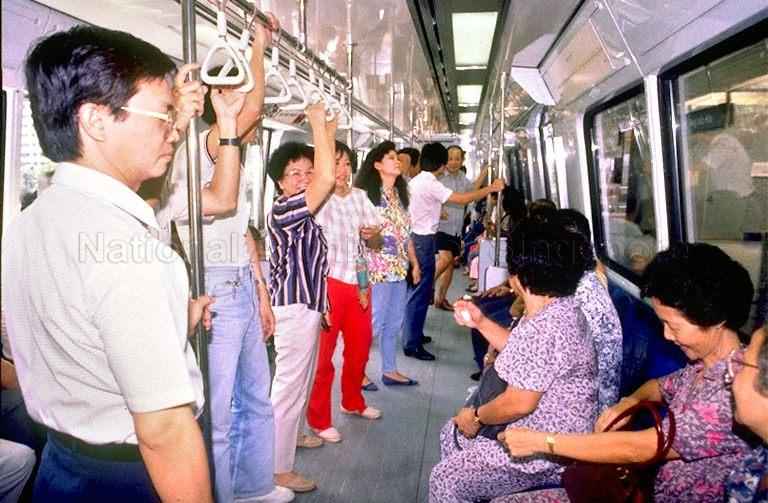 Opening day of MRT. Via NAS.
Opening day of MRT. Via NAS.
The rationale for this was that it would free up PTOs to focus on "improving customer service and operational efficiency" without having to worry about future rises in costs of assets.
Fast forward to the 2000s and our public transport was besieged by breakdowns and congestion on trains and buses, and a whole lot of unhappiness directed towards the PTOs and government.
[related_story]
Taking on the rail network
It was then that the government first talked about intervening more in public transport services in the 2008 Land Transport Master Plan.
Included in the plan was a tiny hint of a change in the way the government finances rail operations, a prelude to the New Rail Financing Framework which took effect in 2011 for the SBST-run Downtown Line (DTL) and in 2016 for the SMRT-run lines.
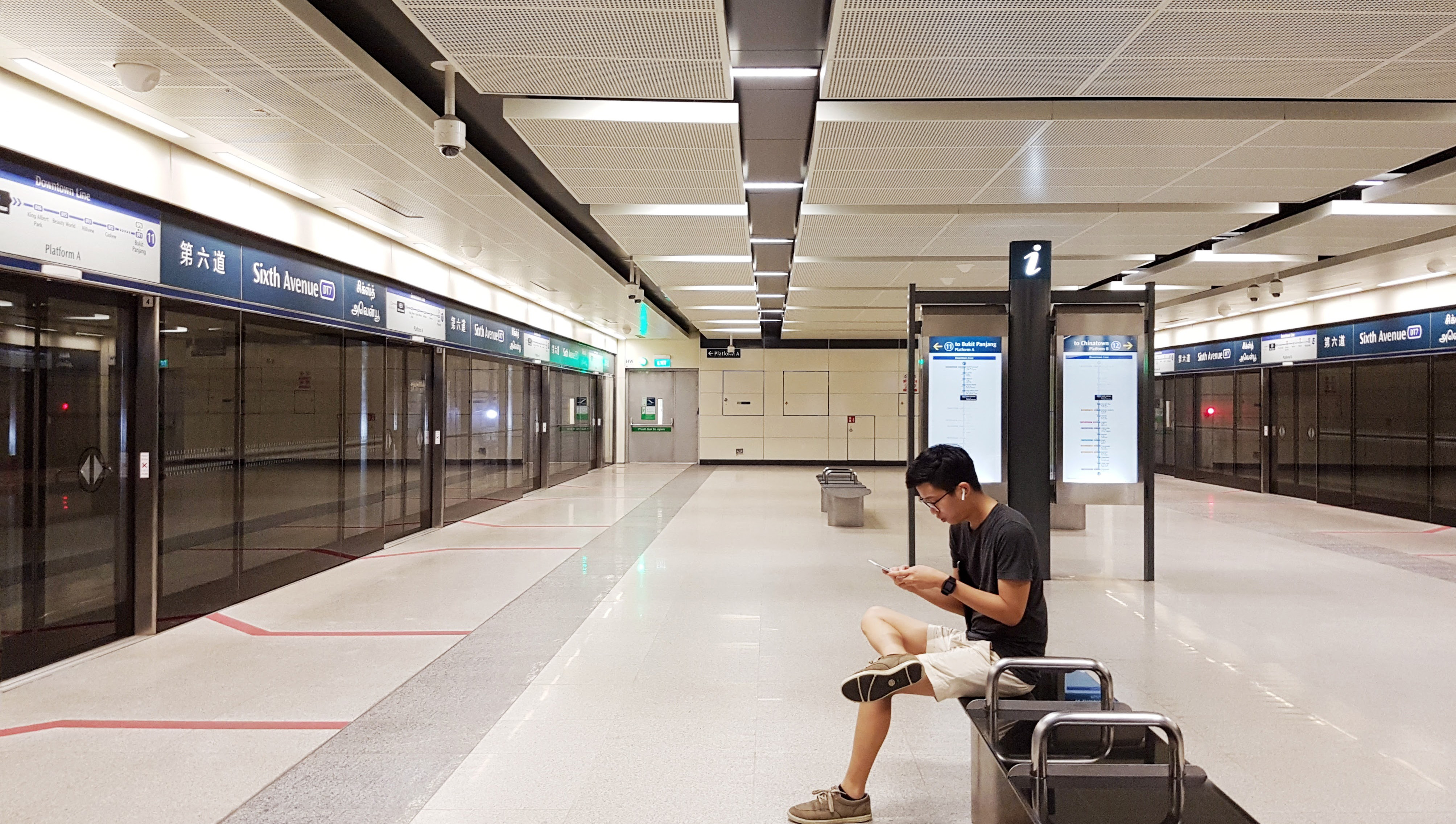 Image by Joshua Lee
Image by Joshua Lee
Under this new framework, PTOs are relieved of the pressure of managing and upgrading train assets, and only need to pay a licence charge to LTA to operate the lines.
The licence tenure was also shortened by about half to make the industry more contestable.
Intervening in bus services
The 2008 Master Plan indicated that LTA was going to take on the job of planning bus routes, a job previously done by the respective PTOs. This ensured that bus route planning would prioritise commuter convenience instead of profit.
In order to increase capacity and frequency of bus services, LTA launched the Bus Service Enhancement Programme (BSEP) which brought in 800 new buses in 2012.
 Via Visit Singapore.
Via Visit Singapore.
The BSEP saw the government fund more than half of the new buses (and the accompanying driver salaries and their operating costs), which amounted to about $1.1 billion.
The bus industry also transited to the Bus Contracting Model (BCM) where all bus assets and infrastructure would come under the ownership of LTA. These are then leased to PTOs who bid for the right to run these bus services in packages.
Since the inception of the BCM, there have been two new entrants in the bus industry, Go-Ahead and Tower Transit.
 Via YouTube.
Via YouTube.
Taken as a whole, the interventionist measures taken by the government were aimed at making the industry more responsive to changes in public transport demand, as well as lowering the barriers of entry to new entrants, a move which the government maintains will make the industry more contestable.
That's why our buses are turning green.
Top image via PublicTransportSG.
If you like what you read, follow us on Facebook, Instagram, Twitter and Telegram to get the latest updates.
